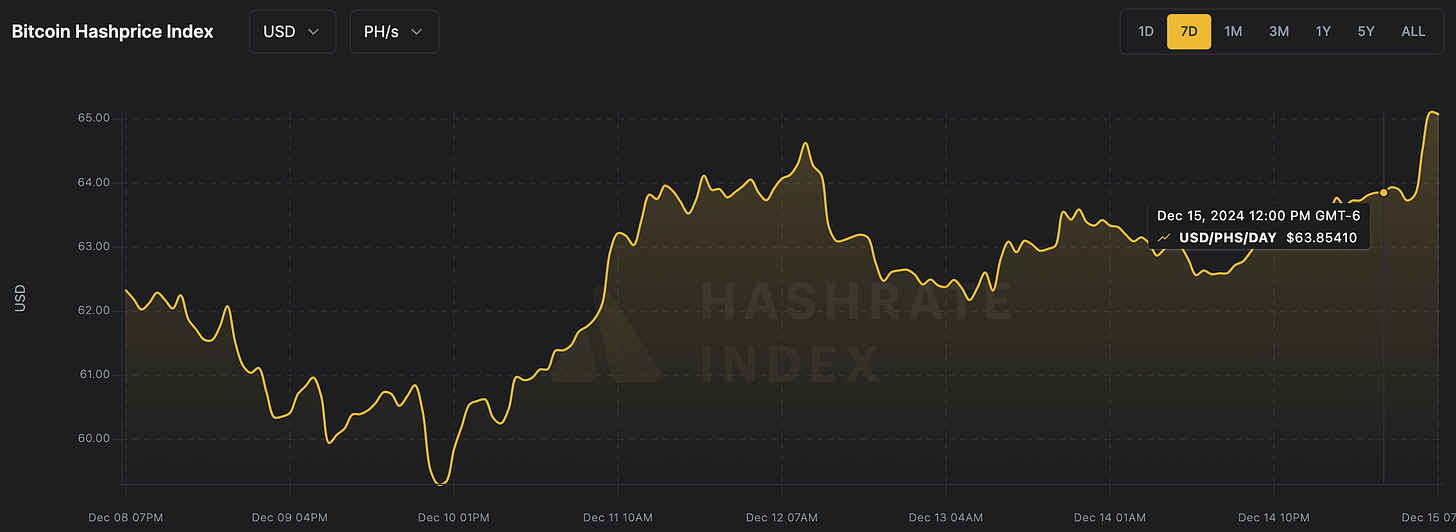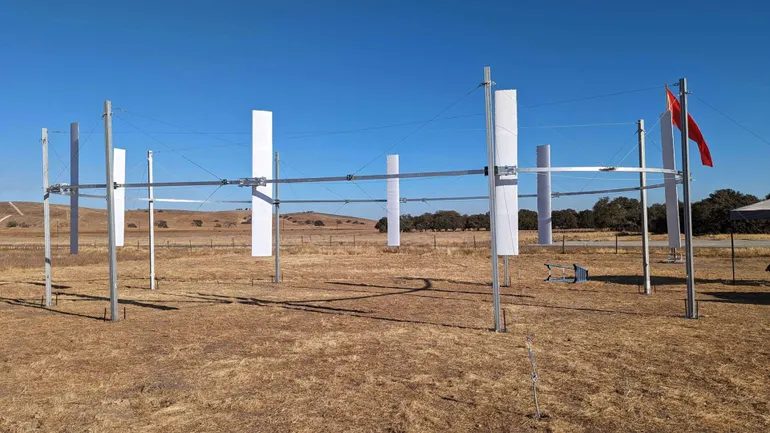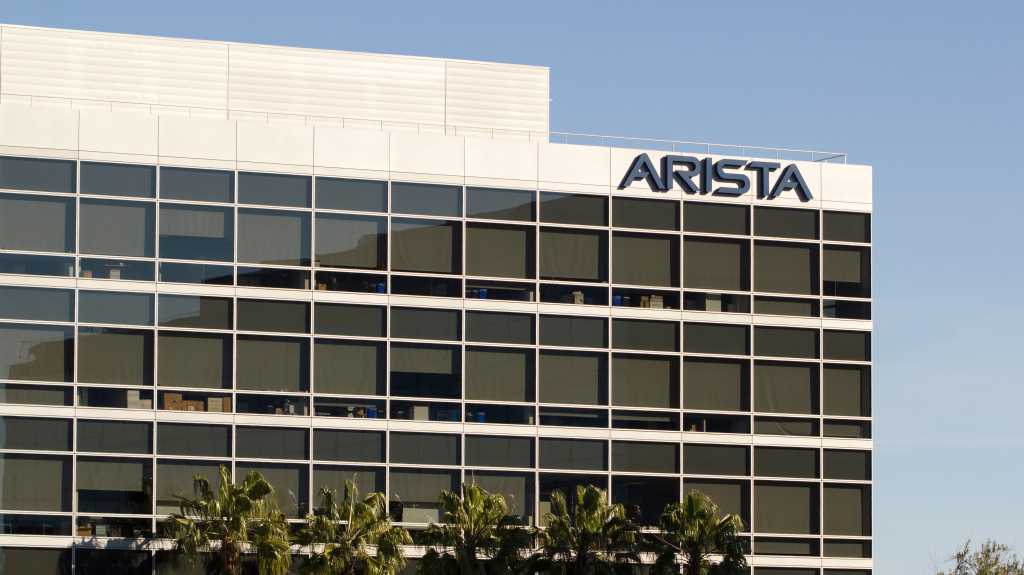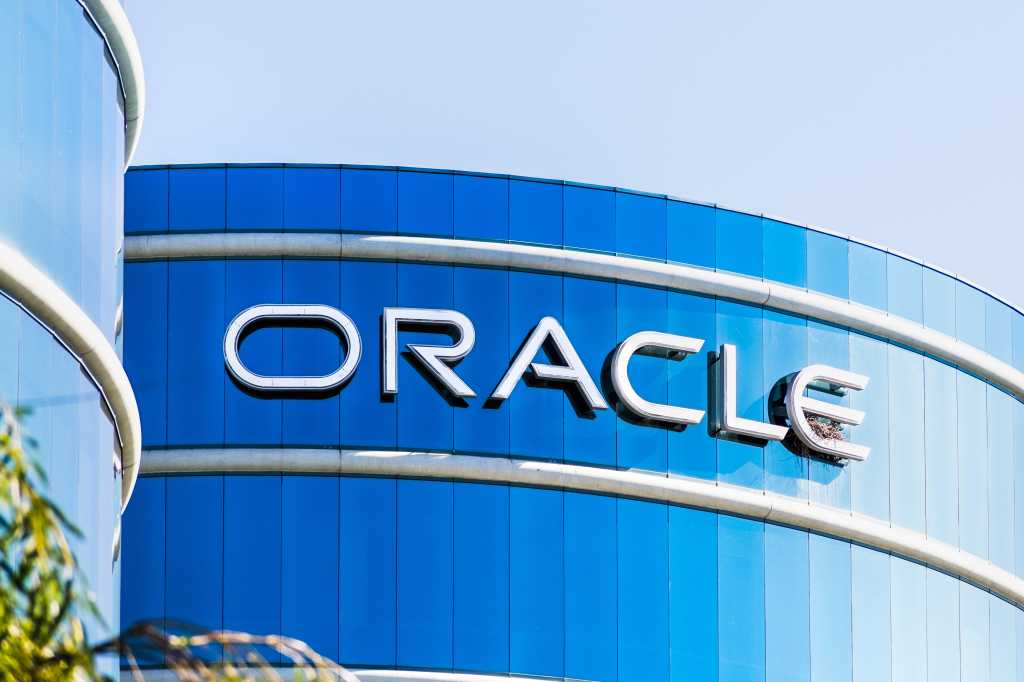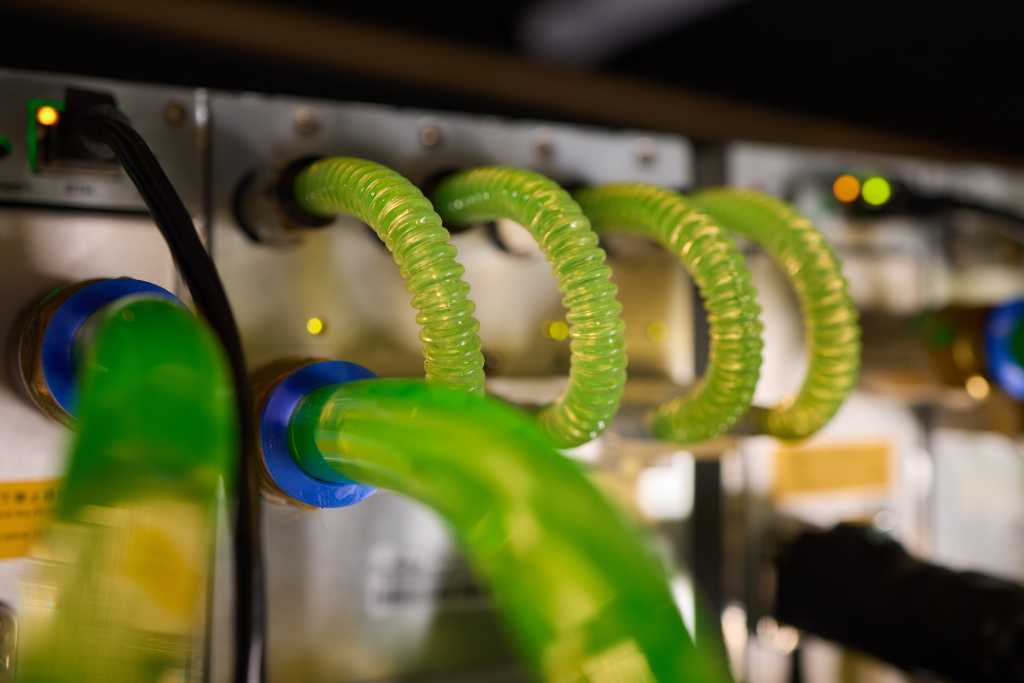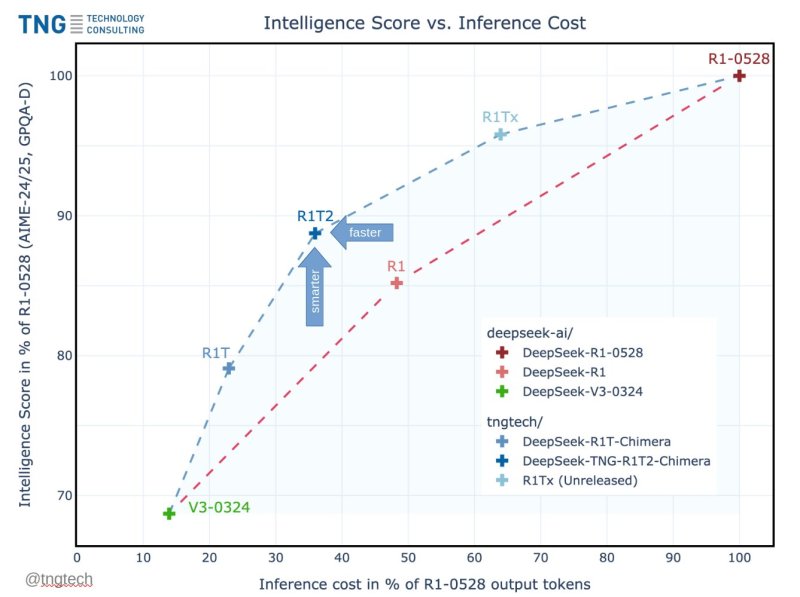W50 ’24 | 12.9-15.24 | Issue CX | Block Height 874955
Welcome to the latest issue of the Vibe Check, your weekly source at the intersection of Bitcoin, Energy, and Bitcoin Mining.
Grab a ☕ and start the week with all the metrics and stories that shake and bake the Bitcoin Mining industry.
Subscribe and share with your friends, colleagues, and family!
W50 ‘24 Vibe Check
-
The Overview Vibe
-
Weekly Industry Metrics
-
Headlines & News
-
The Media Vibe
-
Energy Corner
-
The Meme Vibe
The Overview Vibe
BOOM! ALL TIME HIGH! We got ATH BTC as price kicked ~$106K in the balls, ATH hashrate as the network tapped ~805 EH/s, and to the dismay of miners, ATH Difficulty of 108.52 T! Sheesshhh!!! Hashprice marginally stepped up as new and old miners continued to ramp up in response to the BTC price trajectory. I am sure somewhere in the world an S9 is on 30% of the day and making enough $$$ to buy a cold beer at each difficulty adjustment.
Both the private and public sectors were bang-bang this week was filled with YUGE debt and equity announcements. MARA announced buying over 11K BTC for ~$1.1B with their latest debt proceeds. RIOT and CLSK followed suit with their own debt offering announcements. RIOT will buy more BTC to HODL while CLSK will use the funds to pay down past debt facilities.
While debt capital is back in MEGA-vogue, not all pureplay miners use funds to make their best Microstrategy impression. While RIOT and MARA lean on fixed-income markets to chase LONG VOL with a YUGE HODL, CLSK looks to keep cleaning up their balance sheet to chase EBITDA fundamentals for all those value investor homies. Whether it is HPC, MSTR Vol, or cash flow vibes, if BTC continues to rip, the market may not care as long as these tickers go to the MOON!
While the public capital markets got spicey, the private HPC markets ESTAN CALIENTE! Flare gas mitigation turned AI infrastructure gigante Crusoe Energy raised their $660M Series D at a $2.8B valuation to hypercharge their growth. 2023 BTC mining growth startup Arkon Energy’s AI subsidiary Nscale raised a $155M Series A to expand their footprint from Norway to North America and Europe. In another spin-out, DCG has spun out Foundry’s self-mining business into Fortitude Mining, which is currently the size of HIVE or Bit Digital from a revenue perspective. Following recent layoffs at Foundry, it may seem that parent-co DCG is looking to slice and dice business segments and push them individually into the market as the BULL RAGES ON!!
As Santa preps for Christmas, I hope all of y’all are consolidating UTXOs and reviewing your custody setup. Remember to call your mom, stay hydrated, and sign up for the Fold Card App (Referral link here) to stack sats during all your holiday shopping! Keep orange pilling y’all!
Bitcoin/Mining Metrics
-
BTC price2: ~$103,207.43 @ EOW. +3.18% WOW.
-
Hash price1: $63.85 PH/Day @ EOW. +2.31% WOW.
-
Network Hashrate (SMA 7 Day)1: ~805 EH/s @ EOW. +6.48% WOW.
-
Difficulty1: 108.52 T @ EOW. +4.43% WOW.
-
ASIC Retail Price (s19/m30 family)1: $3.53/TH/s @ EOW. 0.00% WOW.
Sources: Hashrate Index1, Bitbo2
Headlines & News
-
Featured
-
Activist Starboard Value Takes Stake in Bitcoin-Mining Company Riot – WSJ.
-
AI Giants Outspend Crypto Firms on Powering Data Centers – Bloomberg.
-
Hut 8 plans 1,000 MW Tier III data center in Louisana, seeks hyperscaler partner – BlockSpace Media.
-
Bitcoin Mining Giant MARA Buys 11,774 BTC for $1.1 Billion – TheMinerMag.
-
DCG creates new company, Fortitude, from Foundry’s self-mining business – BlockSpace Media.
-
-
General PubCo Updates
-
November Production & Operations Updates
-
-
Operations & Site Updates
-
BitFuFu Signs Long-Term Lease for Two Mining Facilities with 33 MW Capacity in the U.S. – Press Release.
-
Ionic Digital Appoints Anthony McKiernan as Interim Chief Executive Officer – Press Release.
-
-
Capital Markets & M&A
-
Crusoe Closes $600M in Series D Round at $2.8 Billion Valuation to Power AI – Press Release.
-
Riot Announces Pricing of Offering of 0.75% Convertible Senior Notes – Press Release.
-
CleanSpark, Inc. Announces Pricing of $550 Million Convertible Notes Offering – Press Release.
-
AI hyperscaler Nscale secures $155 million in Series A – Press Release.
-
-
Regulatory/Legal Updates
-
Texas Lawyer, Client Sued for $10 Million Over Bitcoin Mining Deal – Texas Lawyer.
-
Investors sue Rhodium for alleged fraud related to Whinstone Hosting Deal – BlockSpace Media.
-
Wyoming Bitcoin Company Gets $4.1 Million In Chinese Crypto Mine Settlement – CowBoyStateDaily.
-
-
Hardware/Tech Updates
-
Nano Labs Announces Closing of US$36.25 Million Private Placement – Press Release.
-
Review: WhatsMiner M6XS++ Targets 15.5 J/TH Efficiency – TheMinerMag.
-
Bitmain Sets Up US Bitcoin Miner Production Amid Tariff FUD – TheMinerMag.
-
-
Research/Reports/Newsletters
-
MicroStrategy Joins Nasdaq 100, Bitcoin Chases Money Markets: TBL Weekly #122
-
The Miner Weekly – $30bn Opportunity for Miner Makers
-
Estimating Bitcoin’s Hashprice and ASIC Market Growth – TheMinerMag.
-
The Media Vibe
Energy Corner
The Meme Vibe
Subscribe and keep your eye out for the development of the Vibe Check throughout 2024!

